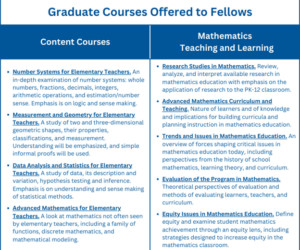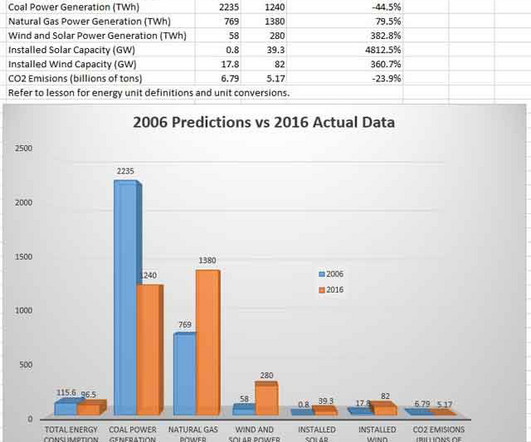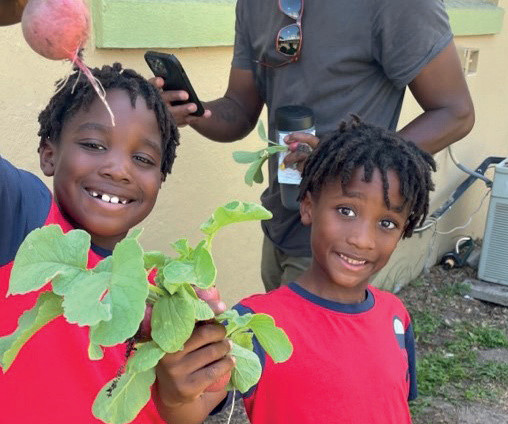STEM Course Building Green Career Growth
CTE Learning
FEBRUARY 9, 2017
The career phone is ringing for your students. High School STEM and STEAM educators please share this with your students. Building construction and demolition are accountable for over 1/3 of our carbon dioxide emissions and almost 75% of our energy consumption. STEAM and STEM programs hold the answer!













Let's personalize your content